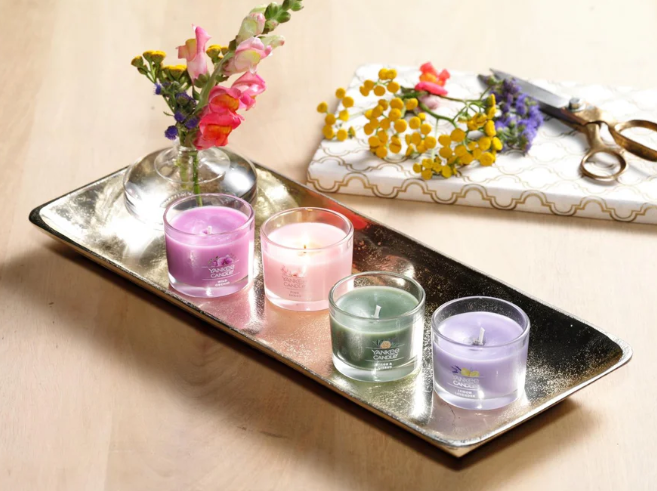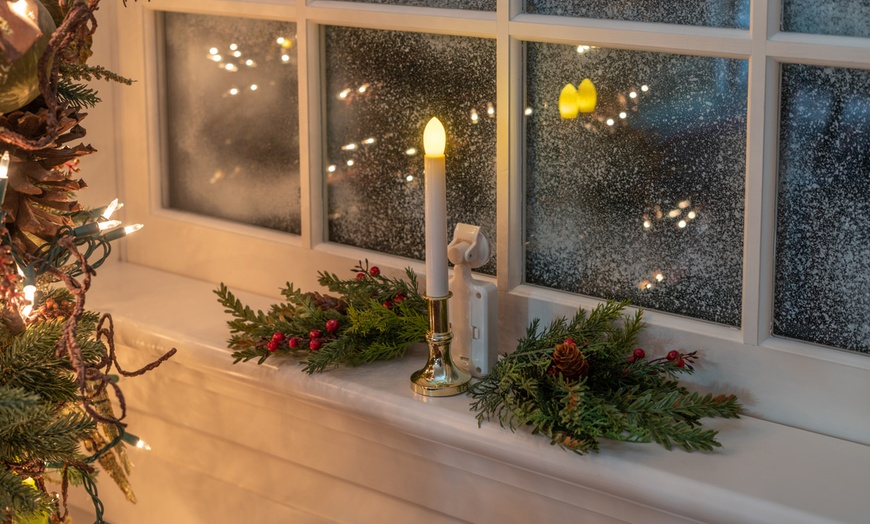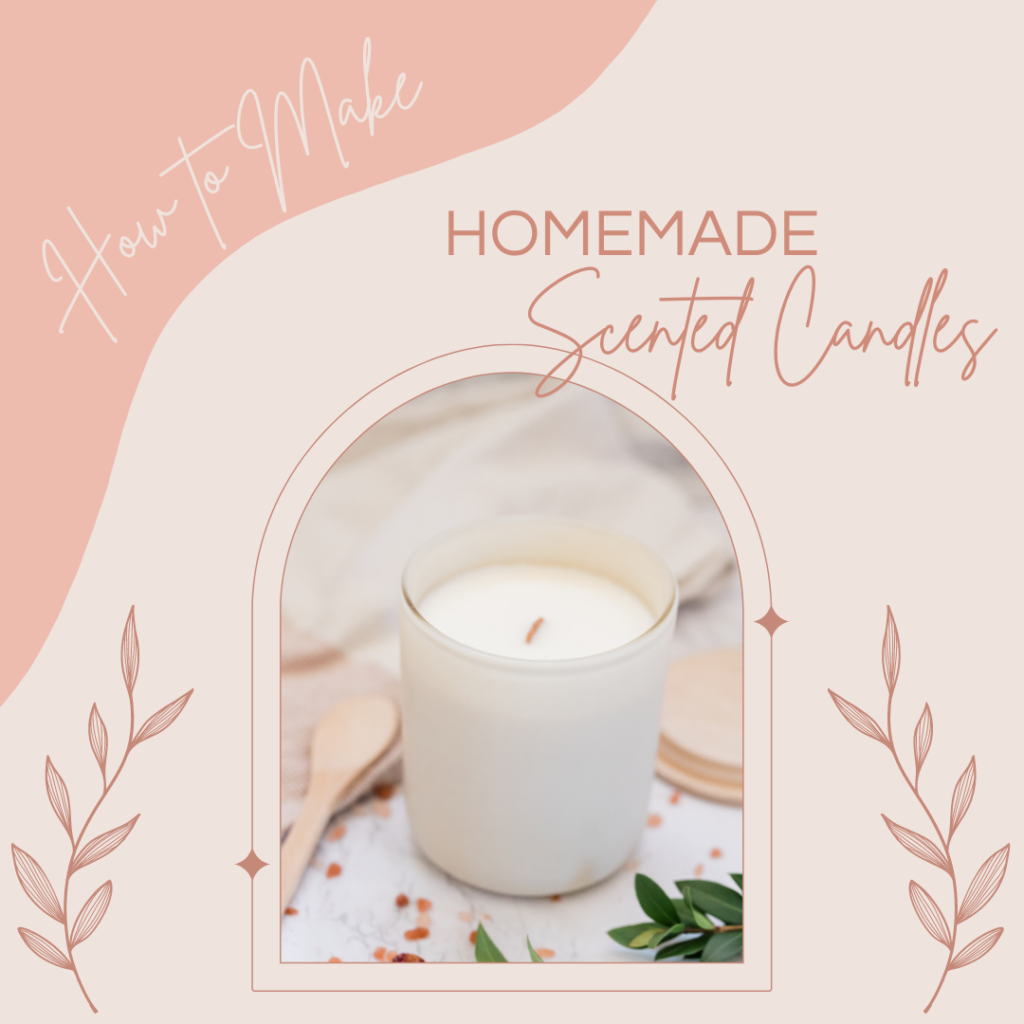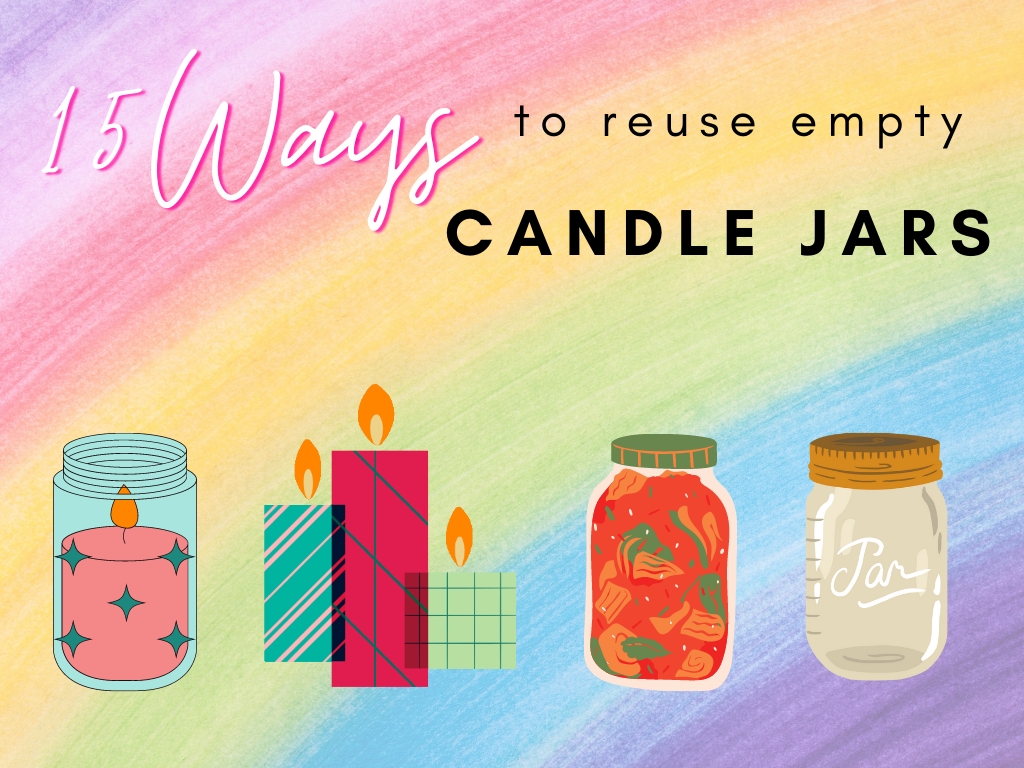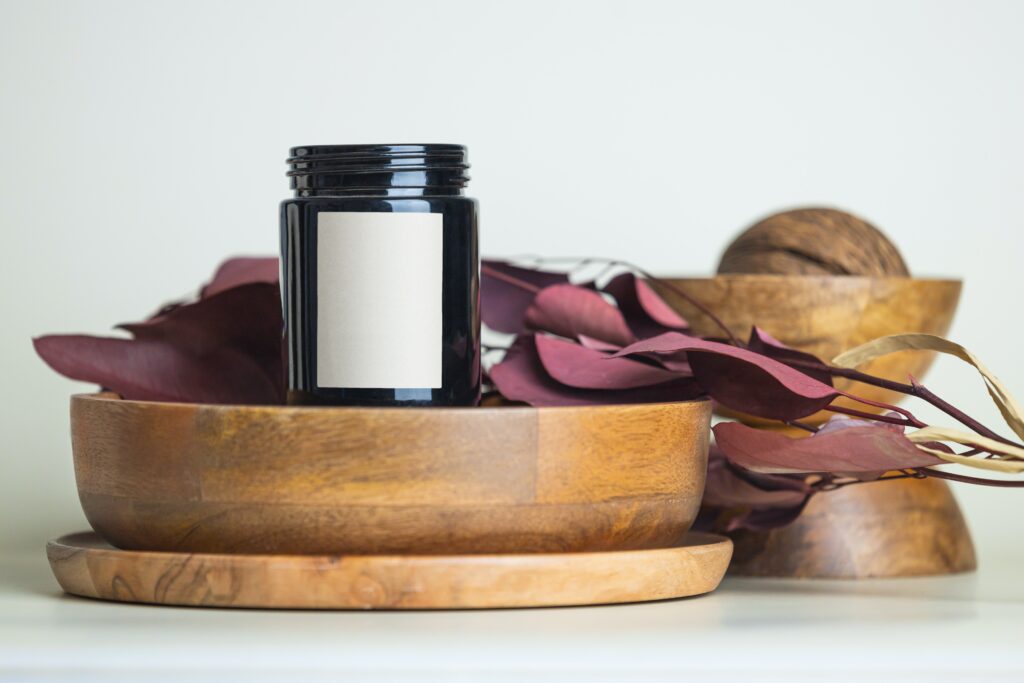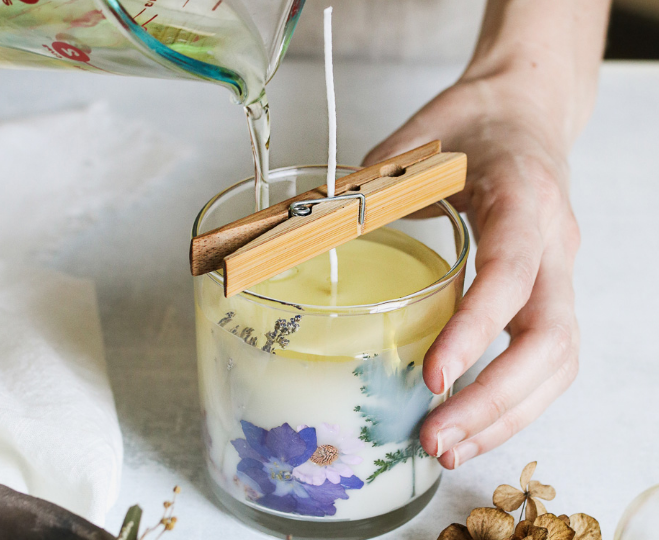What Is Candle Snuffer?
When you blow out a candle, does wax ever splatter all over the place? Or perhaps you extinguished your candle and smoke filled the space. We have a candle snuffer for you, so there! For generations, people have used candle snuffers to rapidly and safely put out candle flames.
Place the bell over the flame and wait for it to extinguish to use the snuffer. Take caution not to let the bell touch the wax. A thin wisp of smoke may finally appear from the bell, indicating that the flame has been extinguished, and it must continue to hover just slightly over the wax surface. Do not touch the bell again as it may break if you do.
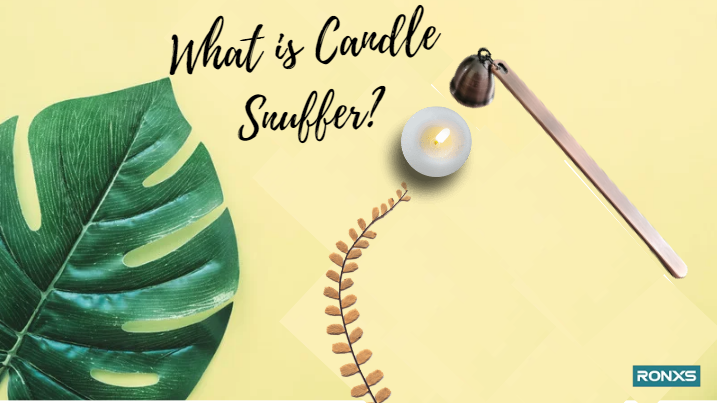
When were the first candles snuffed? A quick history lesson
The first candle snuffers, sometimes known as candle extinguishers appeared in 1776.
The candle snuffer was invented by a creative genius by name of Christopher Pinchbeck the Younger. He was an Englishman and King George the Third’s favorite.
An Overview of Modern Candle Snuffers
Candle snuffers are an essential tool for anyone who enjoys candles. They help to extinguish the flame, without making a mess or creating smoke.
There are many different types of candle snuffers available on the market, from simple metal designs to more ornate and decorative options. Some even come with a built-in tray to catch any drips or wax residue.
When choosing a candle snuffer, it is important to consider the size and shape of the candle you will be using it with. Make sure the snuffer is long enough to reach the wick, but not so large that it blocks out the light from the flame.
Once you have found the perfect candle snuffer for your needs, make sure to use it properly. Never touch the hot metal end of the snuffer to your skin or clothes. And always extinguish candles completely before leaving them unattended.
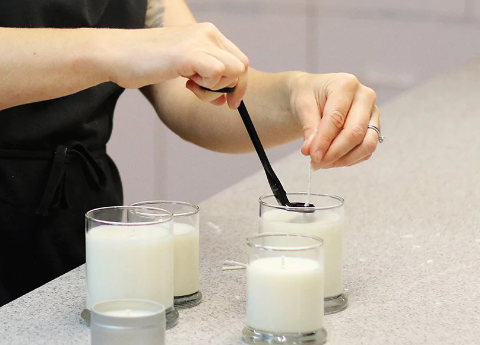
Care Instructions for Candles
When lighting your candle for the first time, make sure it burns evenly. Let a candle burn for a bit after you initially light it. Before putting out a candle, make sure the entire surface has melted. Why? If you don’t, your candle can develop a solid wax rim that never melts.
Clean up after your candle. It’s possible to see soot and other debris accumulating within a candle’s container after a few uses. As soon as you see this grime, remove it.
Trim the wick on your candle. Make sure your candle’s wick is the proper length for a clean, even burn. There may need to be some trimming done. Verify the length of your wick one more before lighting your candle. If it is longer than the advised 0.25 inches, clip it neatly with a wick trimmer. Be as accurate as you can. A wick that is too short could get lost in a pool of melted wax and not light.
While there is still wax in your candle, put it out. A candle should not be used until the wax is completely gone. Why? Your candle may overheat if you let it burn all the way down, which could ruin the container, make a mess, or do both. The majority of candle experts advise extinguishing your candle when it has 0.5 inches of wax remaining.
Reasons Not to Blow Out Candles
- When you blow out taper candles, the wax may splatter all over the table and, for very enthusiastic folks, the entire room, making cleanup difficult.
- Candles were blown out, generating a lot of smoke. (I’m not one of those individuals who enjoys the smell.)
- Blowing out candles can force the wick further into the wax for candles that are in a container. The wick is buried when the wax solidifies (see photo above), and it may be destroyed if it is removed.
- In a container, blowing out a candle might leave behind a lot of soot.
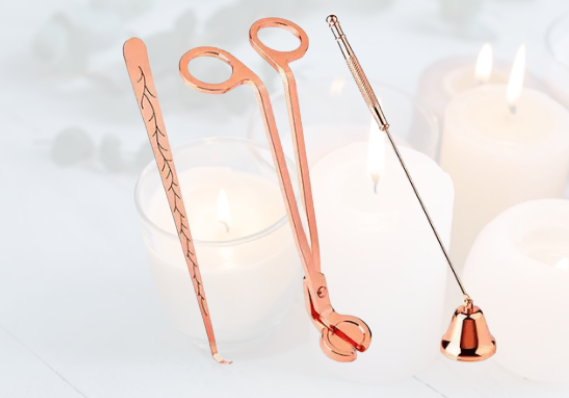
Why snuff a candle with a tool?
Candle snuffers are still in use today because they prevent wax from flying around when a candle is blown out. Nobody likes having soot on their walls, and this can help.
They work best when placed atop candlesticks, but they can also make it simple to reach into large jars and hurricanes. People like to place it next to their candles since it is a classy piece of décor.
There are so many creative and decorative candle snuffers nowadays that they can be just as integral a part of your home’s decor as the candle itself.
Some candle snuffers can also double as candle wick trimmers with two flat blades that have blunt ends, which have, in addition, a small bowl or box to trap the flame and the used wick, made also in the same various metals.
Why use Candle Snuffer Tool?
- To keep the wick upright and prevent it from flopping over and getting buried in the wax, it is coated with molten wax.
- Waxing the wick makes it simpler to relight the candle.
- When the candle is not in use, it removes any aroma bloom (mushroom) from the top of the wick for a cleaner appearance.
- Container candle tapers and pillar candles can all be handled with candle tweezers.
- The candle is put out without any smoke or soot at all! This perk is my favorite.
Conclusion: Candle snuffers are still in use today because they are an effective way to prevent wax from flying around when a candle is blown out. They also help to keep soot off of walls and furniture, which can be a big plus for anyone who likes to keep their home clean and looking good.

